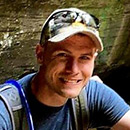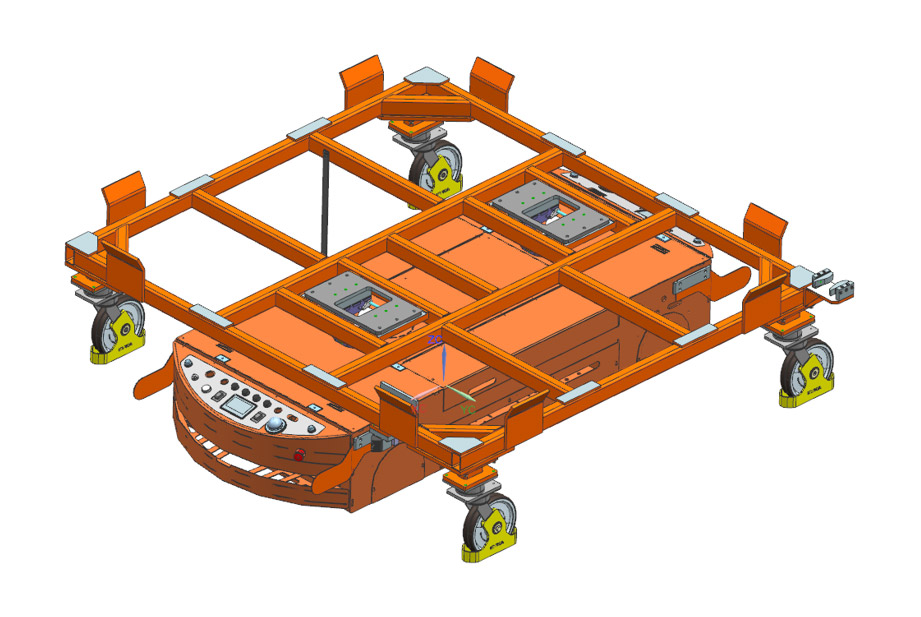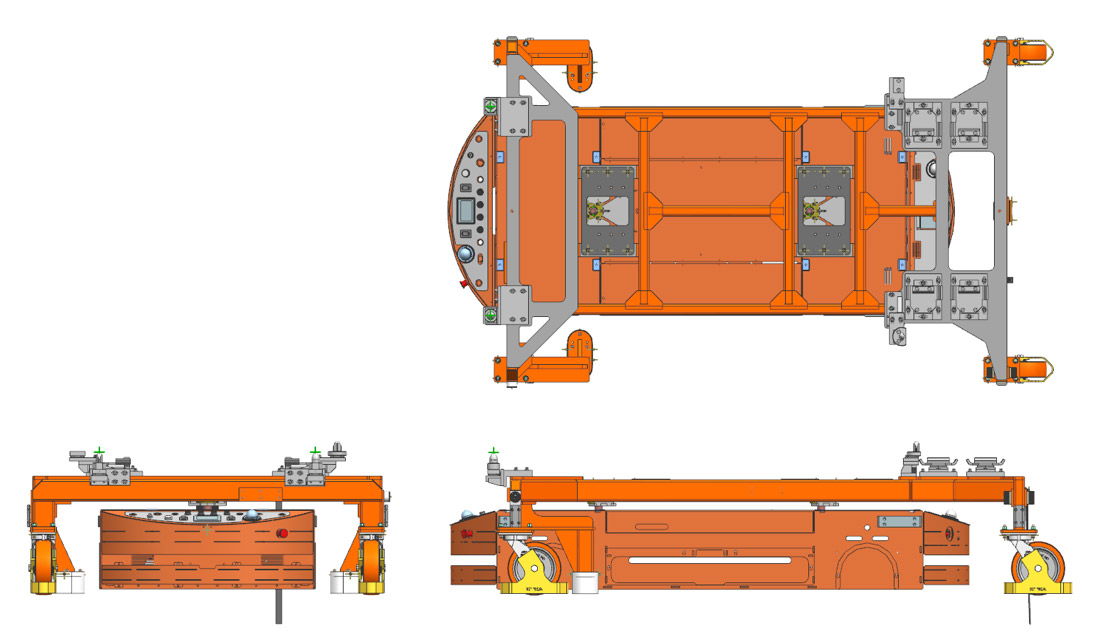Designing and implementing paths for automated vehicles is a challenge. They must be able to navigate the work area (in either a semi-autonomous or autonomous state) without interfering with other operations. Autopath from CGS Labs is a key software solution in designing these specialized paths.
Autopath works as an add-on to Autodesk AutoCAD or Bricsys BricsCAD, two of the most commonly used drafting systems. Because of this close connection, Autopath uses the Ribbon Bar user interface common to Windows-based productivity tools. Coulter found this adherence to Windows, and AutoCAD or BricsCAD standards streamlines the learning curve for new users. “Anyone with CAD experience will quickly feel comfortable using Autopath,” notes Coulter.
Because Autopath is an add-on to these drafting products, drawings created in Autopath are saved in the popular .DWG file format. Generally, KUKA provides its clients with technical installation drawings, which it reviews with the customer when they install the path. When needed, Autopath can also quickly generate an animation based on the path and the specific vehicles, creating a visual that helps give the client a better understanding of the installation and the processes behind the design.
" Autopath provides good value for the money. It is the best thing we’ve found so far for our path design work. "
— Ryan Coulter, System Layout Engineer
“Our deliverable is a working path,” notes Ryan Coulter. The path Coulter and his team create for a client is installed as a magnetic tape line in or on a floor. The line defines the path AGVs must follow. A typical project takes three to four months from initial request to installation. Some paths are only inside a building, others guide the AGVs around a campus. Every project is different.
Creating these magnetic paths is “still a relatively new business,” Coulter says. “We get more business each year.” One reason KUKA’s business is growing is that by using Autopath, they quickly conduct swept-path analysis, a crucial design element in creating AGV paths. Its carefully designed workflow and its compatibility with popular drafting software give the KUKA team a competitive advantage.
“We originally tried designing these paths manually,” notes Coulter. “We also tried other tracking systems.” As business increased, KUKA needed to streamline the design process and found Autopath after a search for software alternatives. The company has been an Autopath customer for five years.
Using Autopath “brought huge time savings compared to manual design,” says Coulter. Before using Autopath, the designer had to manually position various turns, stops, and other elements of the magnetic path.
Specific vehicles can be added to design parameters. This gives Autopath the data it needs to make sure there are proper clearances, that corners are not too tight, and to account for possible tail swing issues. Having the dimensions of the specific vehicle(s) also allows Autopath to create realistic simulations, which are delivered to the customer along with the magnetic path.

A recent KUKA customer required factory paths for AGVs with four-wheel steering, instead of the typical two-wheel steering. When a vehicle with two-wheel steering goes around a corner, it tends to drift to the inside, while a four-wheel steering vehicle will stay tighter to the path.
When Coulter realized they did not understand how to account for this new vehicle type. They reached out to CSG Labs for help. In a meeting, CGS Labs shows Coulter and his team how custom vehicle models can be created where there is not a matching vehicle in Autopath’s extensive library. After the meeting, KUKA sent specific details on their vehicles, and CGS Labs created the custom vehicles for them.
In a second meeting, KUKA and CGS Labs did a joint review. KUKA saw how the new vehicles met their requirements, and how they could make changes in the future to refine the new vehicle model for other clients.
Such a high level of support is not available from the CAD software vendors because such detailed analysis for swept-path analysis is outside their area of expertise, even if the user is on software maintenance. KUKA had a current maintenance agreement in place for their Autopath licenses, providing them with crucial support from CGS Labs when they needed it.
“It was not about the software,” Coulter notes. “The way to design it was in the program. We didn’t realize how to use the function. As soon as we told CGS Labs our problem, they explained the solution.”
 About KUKA Systems North America LLC
About KUKA Systems North America LLC
KUKA is a world-leading company, specializing in the design and manufacture of automated guided vehicle systems. KUKA specializes in the development and installation of automated guided vehicles (AGVs) for factories and related industrial settings. AGVs are used to carry materials, parts, or products from one location to another in a manufacturing process.
The rise of intelligent devices on the factory floor leads KUKA to describe its mission as enabling movement in the fourth industrial revolution, by creating systems for “intelligent intralogistics.” Connectivity and flexibility are key attributes of these systems, as companies build more autonomous and flexible production systems.
KUKA is a long-time user of Autopath, with a multi-seat network license that allows Autopath to be shared with multiple CAD users within the organization.
KUKA design and manufacture automated guide carts and utilize Autopath to accurately model the movement of these vehicles over factory floor layouts.
It is critical that the modeling of these vehicle movements accurately reflects their real-life movement. As KUKA has worked on the development of these vehicles, they have been able to engage with CGS-Labs application engineers to get assistance with creating custom vehicles within Autopath Pro. Most recently CGS-Labs met (web meeting) with KUKA to assist them with modeling a new vehicle, the MK5020, which has four-wheel steering capabilities.
Key focus points of their Autopath Pro usage:
- Unique usage of a Vehicle tracking application.
- Long-time user.
- Utilizing multi-seat network license.
- Have been able to get direct assistance from CGS-Labs when required.




